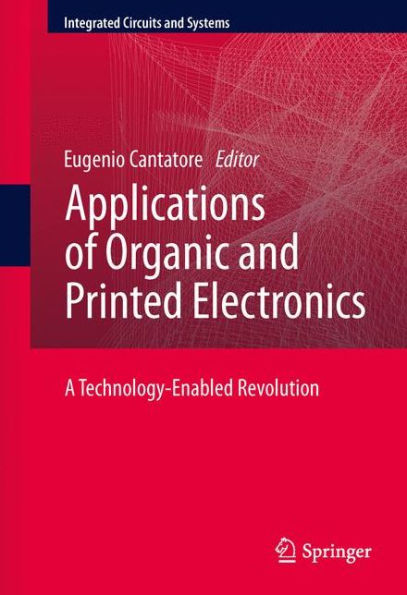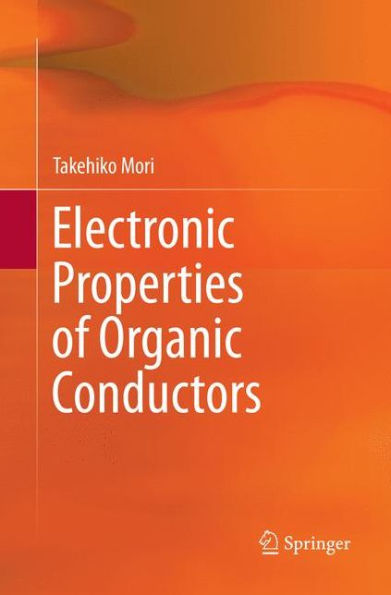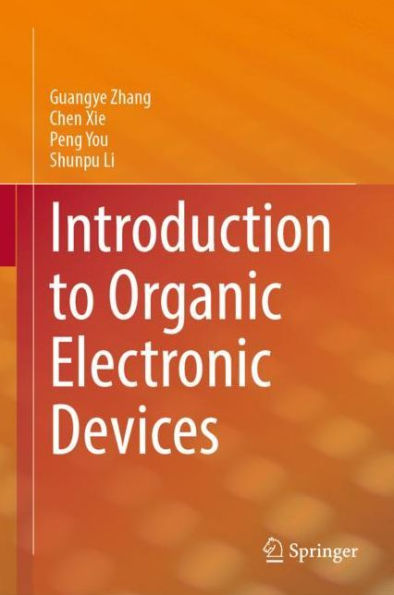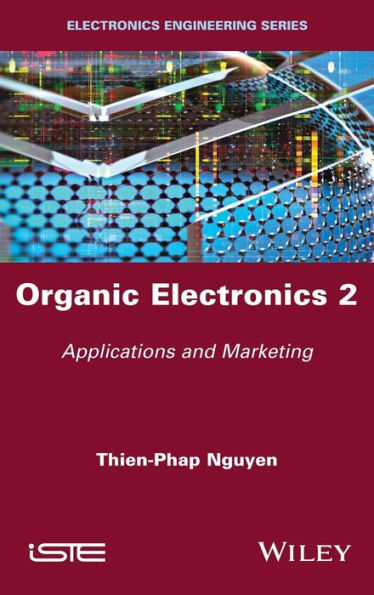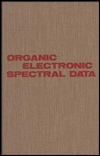Home
Organic Electronics
Barnes and Noble
Loading Inventory...
Organic Electronics
Current price: $329.99
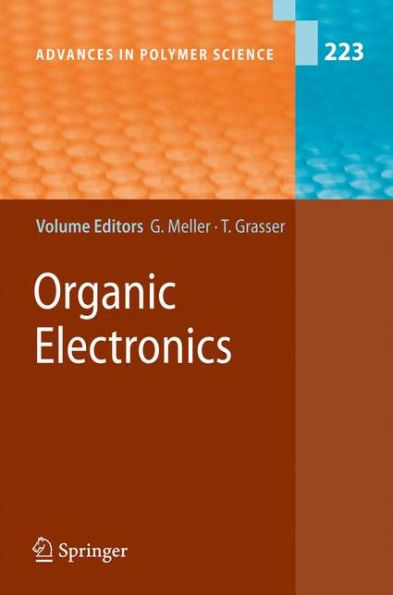
Barnes and Noble
Organic Electronics
Current price: $329.99
Loading Inventory...
Size: OS
*Product information may vary - to confirm product availability, pricing, shipping and return information please contact Barnes and Noble
Dear Readers, Since the ground-breaking, Nobel-prize crowned work of Heeger, MacDiarmid, and Shirakawa on molecularly doped polymers and polymers with an alternating bonding structure at the end of the 1970s, the academic and industrial research on hydrocarbon-based semiconducting materials and devices has made encouraging progress. The strengths of semiconducting polymers are currently mainly unfolding in cheap and easily assembled thin film transistors, light emitting diodes, and organic solar cells. The use of so-called “plastic chips” ranges from lightweight, portable devices over large-area applications to gadgets demanding a degree of mechanicalexibility, which would overstress conventionaldevices based on inorganic,perfect crystals. The field of organic electronics has evolved quite dynamically during the last few years; thus consumer electronics based on molecular semiconductors has gained sufficient market attractiveness to be launched by the major manufacturers in the recent past. Nonetheless, the numerous challenges related to organic device physics and the physics of ordered and disordered molecular solids are still the subjects of a cont- uing lively debate. The future of organic microelectronics will unavoidably lead to new devi- physical insights and hence to novel compounds and device architectures of - hanced complexity. Thus, the early evolution of predictive models and precise, computationally effective simulation tools for computer-aided analysis and design of promising device prototypes will be of crucial importance.
Dear Readers, Since the ground-breaking, Nobel-prize crowned work of Heeger, MacDiarmid, and Shirakawa on molecularly doped polymers and polymers with an alternating bonding structure at the end of the 1970s, the academic and industrial research on hydrocarbon-based semiconducting materials and devices has made encouraging progress. The strengths of semiconducting polymers are currently mainly unfolding in cheap and easily assembled thin film transistors, light emitting diodes, and organic solar cells. The use of so-called “plastic chips” ranges from lightweight, portable devices over large-area applications to gadgets demanding a degree of mechanicalexibility, which would overstress conventionaldevices based on inorganic,perfect crystals. The field of organic electronics has evolved quite dynamically during the last few years; thus consumer electronics based on molecular semiconductors has gained sufficient market attractiveness to be launched by the major manufacturers in the recent past. Nonetheless, the numerous challenges related to organic device physics and the physics of ordered and disordered molecular solids are still the subjects of a cont- uing lively debate. The future of organic microelectronics will unavoidably lead to new devi- physical insights and hence to novel compounds and device architectures of - hanced complexity. Thus, the early evolution of predictive models and precise, computationally effective simulation tools for computer-aided analysis and design of promising device prototypes will be of crucial importance.

